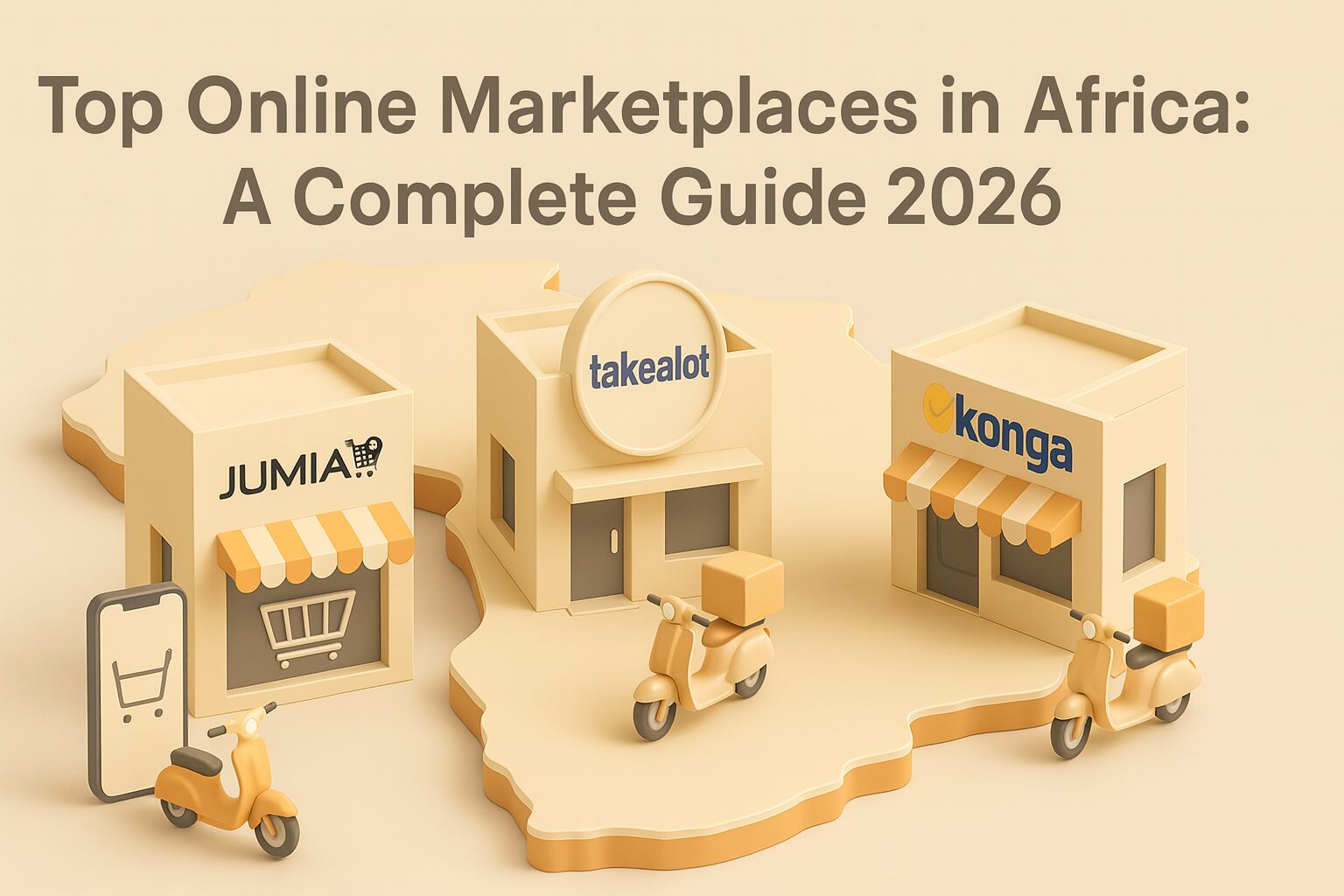What is the meaning of Healthcare Vertical?
The healthcare vertical refers to a **specialized industry segment that delivers products, services, and solutions exclusively within the healthcare sector**. It encompasses businesses and organizations that serve various medical and health-related needs across a range of sub-industries. Companies within this vertical typically focus on innovation, compliance, and improving outcomes across the care continuum—from early-stage research and diagnostics to patient care and recovery. Unlike horizontal solutions that span multiple industries, vertical strategies are tailored specifically to the needs, regulations, and workflows of the healthcare domain.
What sectors are included in the Healthcare Vertical?
The healthcare vertical serves multiple **interconnected sub-sectors**, including:
- Biotechnology and Pharmaceuticals: Companies that research, develop, and manufacture therapeutic drugs and vaccines.
- Medical Devices and Diagnostics: Providers of equipment and technologies used for patient diagnosis, treatment, monitoring, and rehabilitation.
- Medical Products and Personal Care: Businesses that produce essential medical supplies and wellness products, including PPE, supplements, and skincare.
- Hospitals and Care Homes: Institutions and facilities responsible for delivering primary, secondary, and long-term care to patients and residents.
These sectors collectively define the scope of the healthcare vertical, enabling companies to develop end-to-end solutions that address both clinical and non-clinical needs.
Why is the Healthcare Vertical significant?
The healthcare vertical is critical due to its **direct impact on human wellbeing, global health systems, and life expectancy**. It drives innovation in treatment options, disease prevention, and patient outcomes. Key reasons for its significance include:
- High regulatory complexity: Requires industry-specific compliance and certifications (e.g., FDA, EMA, HIPAA).
- Constant innovation: Encourages R&D in biotech, medtech, AI diagnostics, and personalized medicine.
- Growing global demand: Driven by aging populations, chronic disease rates, and emerging health threats.
- Cross-sector collaboration: Involves public-private partnerships, insurance, academia, and digital health players.
Companies in this vertical often operate in a mission-critical environment where reliability, accuracy, and ethical responsibility are essential.
How do businesses operate within the Healthcare Vertical?
Businesses in the healthcare vertical often tailor their offerings to address the **unique operational, clinical, and administrative challenges** of healthcare organizations. This includes:
- Developing specialized technology solutions like electronic health records (EHRs) or telemedicine platforms
- Offering healthcare logistics and supply chain management systems
- Providing financial services and insurance products specific to healthcare providers
- Consulting and compliance support for navigating legal and ethical frameworks
Success in this vertical often depends on domain expertise, the ability to adapt to strict regulations, and delivering high-value, reliable outcomes.
Can you give an example of a Healthcare Vertical in action?
A technology company may create a software solution that integrates with hospital systems to streamline patient data, manage diagnostic imaging, and support real-time communication among physicians. This product would not be marketed to other industries but rather tailored to hospitals, diagnostics labs, and care facilities. Similarly, a pharmaceutical logistics company that offers temperature-controlled shipping tailored to drug safety regulations operates firmly within the healthcare vertical, serving biotech firms, pharmacies, and hospitals exclusively.




